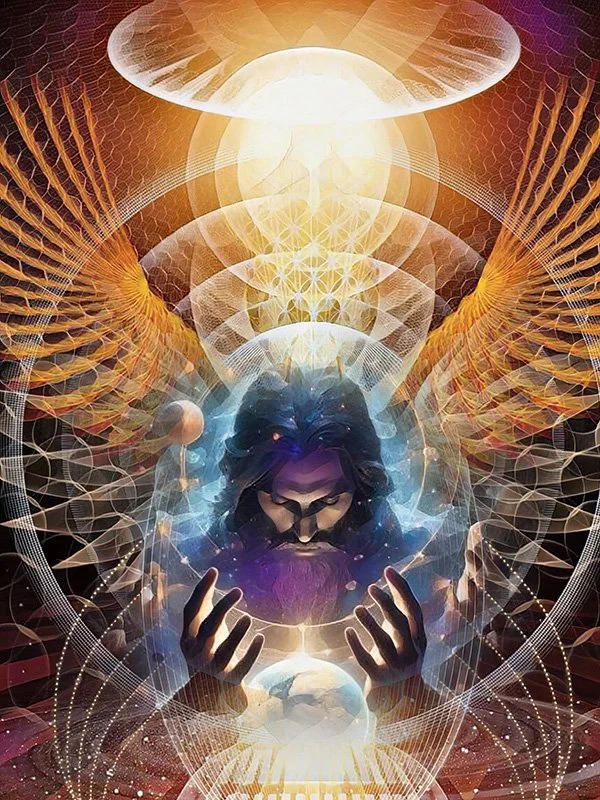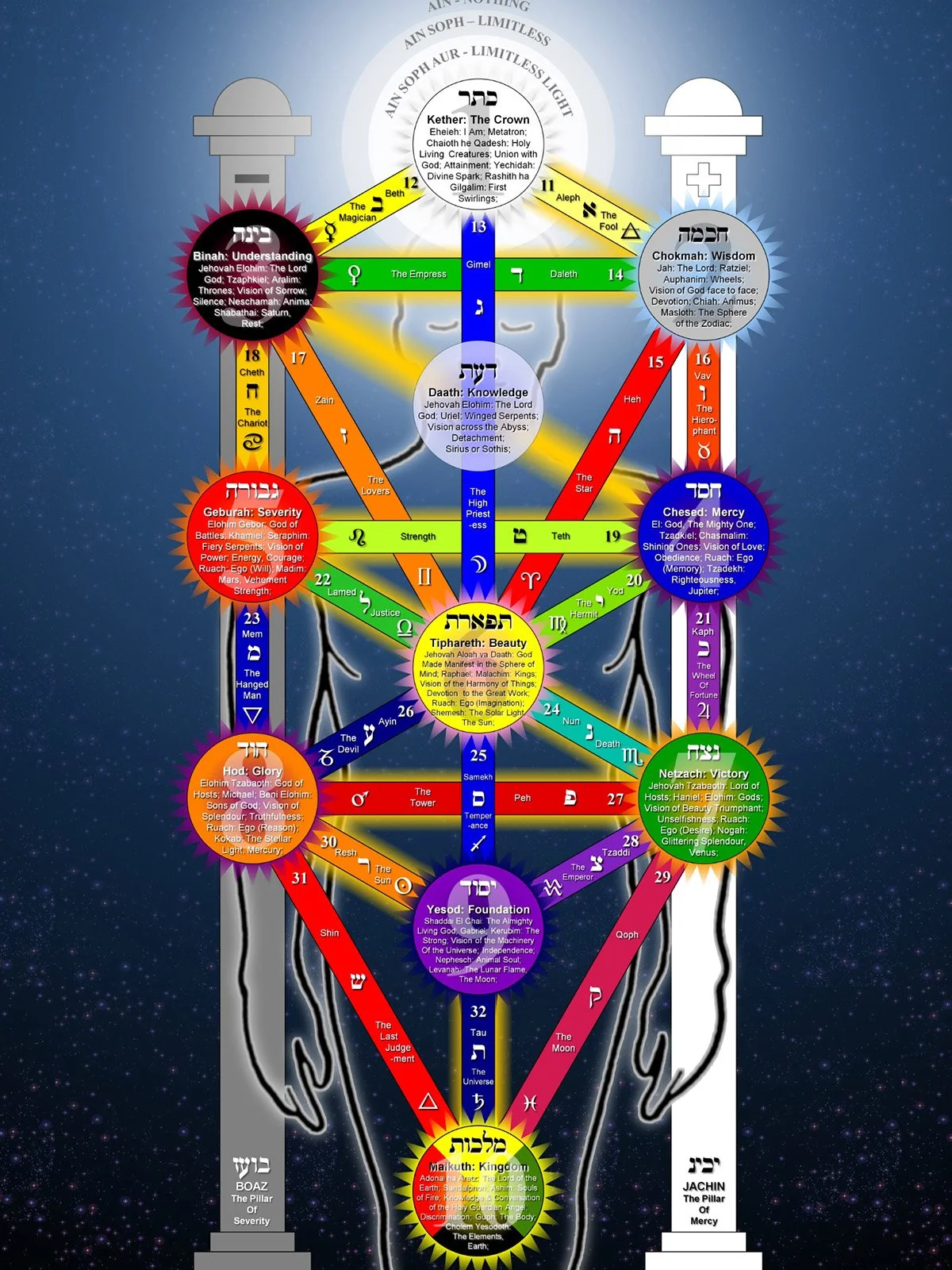
Lesson 5: The Paradigm Shift
As we understand and seek to integrate these new understandings concerning the original Yeshua, it is clear that we are experiencing a paradigm shift in Christianity. We have grown up with “belief systems” about him (believing the right doctrines and creeds of Christianity as the main feature of the Christian religion). Now we can see that Yeshua was not teaching creeds or theology or even a religion. Instead, he was giving us wisdom about life that puts each of us on a spiritual path where we can learn and practice wisdom for ourselves as we go along. This changes the whole picture (or the paradigm) almost completely. It moves it away from things we must believe (as orthodoxy) to a way in which we can live and learn through practice (as orthopraxis).
Paradigmatic figure
Yeshua, who was a mystic and Master of Wisdom, becomes a paradigmatic figure who shows us by example how to walk this path and live this life. His dedication to that path (and to the divine Presence that he loved and that loved him) took him to his death, which was an act of loving self-sacrifice. He willingly gave up his life to help others. This changes everything. Religion is no longer about obeying the rules or believing the right things. Now, it was about becoming fully human, that is, a person who is full of light and love serving God and others. This is “one’s true self.” It is a radical shift away from conventional religious beliefs to taking a journey that puts us on a path of loving enlightenment in oneself, for others, and eventually the whole creation.
We might imagine these to be a paradigmatic shift not unlike the Copernican revolution that occurred in the early centuries of the modern era. Copernicus discovered that the universe did not revolve around the earth as its center, but the opposite, the earth revolved around the Sun. It was a radical shift in perspective, creating a new paradigm that led away from a geo-centric astronomy to one that was heliocentric. That same shift is now occurring in western religion and theology. We are moving away from a religion about Jesus, to the religion of Yeshua.
Yeshua was never a Christian. Instead, he was a Jewish mystic. Likewise, his original followers were also Jewish and mystics and from their seeing there flowed streams of insight and understanding described by his various followers. Several of these streams went West, others disappeared completely. Fortunately, many went East but were hidden away from our Western point of view. Strangely, Yeshua’s own Jewish mystical roots vanished almost entirely from history and then were later condemned in the West as being heretical.
Fresh discoveries
It is our good fortune that in our time there have been breakthroughs and fresh discoveries that have helped change the old western paradigm to include fresh ways of seeing Yeshua in his own life and culture. One fresh way of seeing is not only to rediscover Yeshua’s Jewishness, but also his roots in a form of wisdom and Jewish mystical tradition that extended from the days of the first Temple into his own. Margaret Barker has helped uncover important discoveries about that ancient strand. Another new way of seeing things come from the Dead Sea scrolls and Qumran. Then there has been the discoveries in Egypt and at a site called Nag Hammmadi of the Thomasine, Magdalene and Philippian texts that shed new light on Yeshua’s life and mission that were particularly important to Eastern and Oriental Christians. These help us see him as a liberator from ignorance, a restorer of our own true nature, and as an enlightened fire (or energy) that sparks a metamorphosis of new being and consciousness in other humans. In the West at least, this has been a Copernican-like revolution.
Later, many of these same teachings went East into mystical Islam. When they went West, it was often underground in various forms of mystical Christianity. Through the centuries, they were also expressed in Kaballistic Judaism. We will never, of course, be able to perfectly comprehend Yeshua as he was (a mystical Jew of the first century and a practitioner of a form of ancient First-Temple Wisdom). However, these many centuries later because we too are seekers and practitioners of wisdom, we are also touched by the same sacred Spirit (the mother of all spiritual energies). Like him, we are intimately involved in the same kind of pneumatic and energetic exchanges of consciousness and being in which he participated two millennia earlier. All of these themes (though some are old) have become new again.
Now we can see that Yeshua was not teaching creeds or theology or even a religion. Instead, he was giving us wisdom about life that puts each of us on a spiritual path where we can learn and practice wisdom for ourselves as we go along.
Questions for Reflection
Orthodoxy
The word “orthodoxy” is used to establish what are considered to be the authorized teachings of the Church and the Christian Tradition. These were sanctioned by councils of later Christian leaders after the Roman emperor, Constantine, in the 4th century turned toward Christianity. He attempted to create a universal consensus of Christian teaching. The truth is many disagreed with these conciliar conclusions which were promulgated centuries after the time of Yeshua. They determined “orthodoxies,” or “heresies” of beliefs about Yeshua depending on which region or branch of the Church believed them to be true.
Many Christians in the Orient left the third and fourth Council in full disagreement with these definitions. In the West, the Creeds evolved from them, and have been used as litmus tests of faith. Yeshua himself never taught an orthodoxy even of his own Jewish faith, let alone the Christian tradition. Read the Nicene Creed which is a good summary of western Orthodoxy. What strikes you about the summary? What is its essential feature or features? Do you notice anything missing concerning Yeshua? Would you consider yourself an orthodox Christian? How might you differ?
First Temple Mysticism
Mention has been made of a fairly unknown early strand of Jewish mystical tradition called First Temple Mysticism. This subject has been explored in depth by the British scholar Margaret Barker who has written extensively about this movement. You might want to explore her website and read some of the articles. Consider reading Where Shall Wisdom Be Found and journal your thoughts about it.
Many of her lectures are available on YouTube.
Orthopraxis
The word “orthopraxis” is introduced here as a balance with the standard word “orthodoxy.” Both of them share the prefix ortho, which means a correct or reliable teaching or practice. If the teaching is about Yeshua (or Jesus), then it is probably something created by followers later, after his life. If it is a teaching that concerns practice, then it is about how to treat other human beings or how to live in right-relationship with God, or the world. It is, then, more in line with how we live our ordinary lives.
The Wisdom of Ya’akov
One of the early texts from the Christian tradition comes from the brother of Yeshua called James (or Ya’akov). In it he writes beautifully about the wisdom of this kind of practice and a reliable way to live. It is a Jewish text that honors the teachings of Yeshua. What strikes you after reading this text? Reflect on its importance for your own life.
The Luminous Gospels
If you have the book, read the introduction to the Luminous Gospels and journal your sense of how these fit into the Gospel tradition of Matthew, Mark, Luke and John that you already perhaps know about. The Order has developed many teachings and guidance around the Gospels of Thomas, Mary Magdalene, and Philip. There are also video teachings available and sometimes ongoing courses in progress that you can join. Look in the resources section to see what is available. You might want to do your own research online concerning the Dead Sea Scrolls and the Nag Hammadi Library. There is much to learn from these discoveries.
The Jewish Kabballah
The Jewish Kabbalah is a venerable spiritual tradition within the Jewish faith. It has ancient roots in history, some of which relate to Yeshua, going back centuries before him, but is alive today in many Jewish communities. If you are interested in knowing more about this tradition a good first introduction is The Essential Kabbalah by Daniel Matt, but there are many more writers of great importance. Among them are Lawrence Kushner, Rami Shapiro, Arthur Green, and Aiden Steinsaltz, just to name a few. An important image expressing the teachings of the Kabbalah is the Tree of Life and the ten Sefirot (above).
Sit with the iconic images below. Let them speak to you as they will. Journal your reflections and insights.
Re-Introducing Yeshua > Lesson 1: Historical Foundations > Lesson 2: His Journey > Lesson 3: The Mysteries > Lesson 4: The Mission > Lesson 5: The Paradigm Shift > Lesson 6: The Journey Inward




